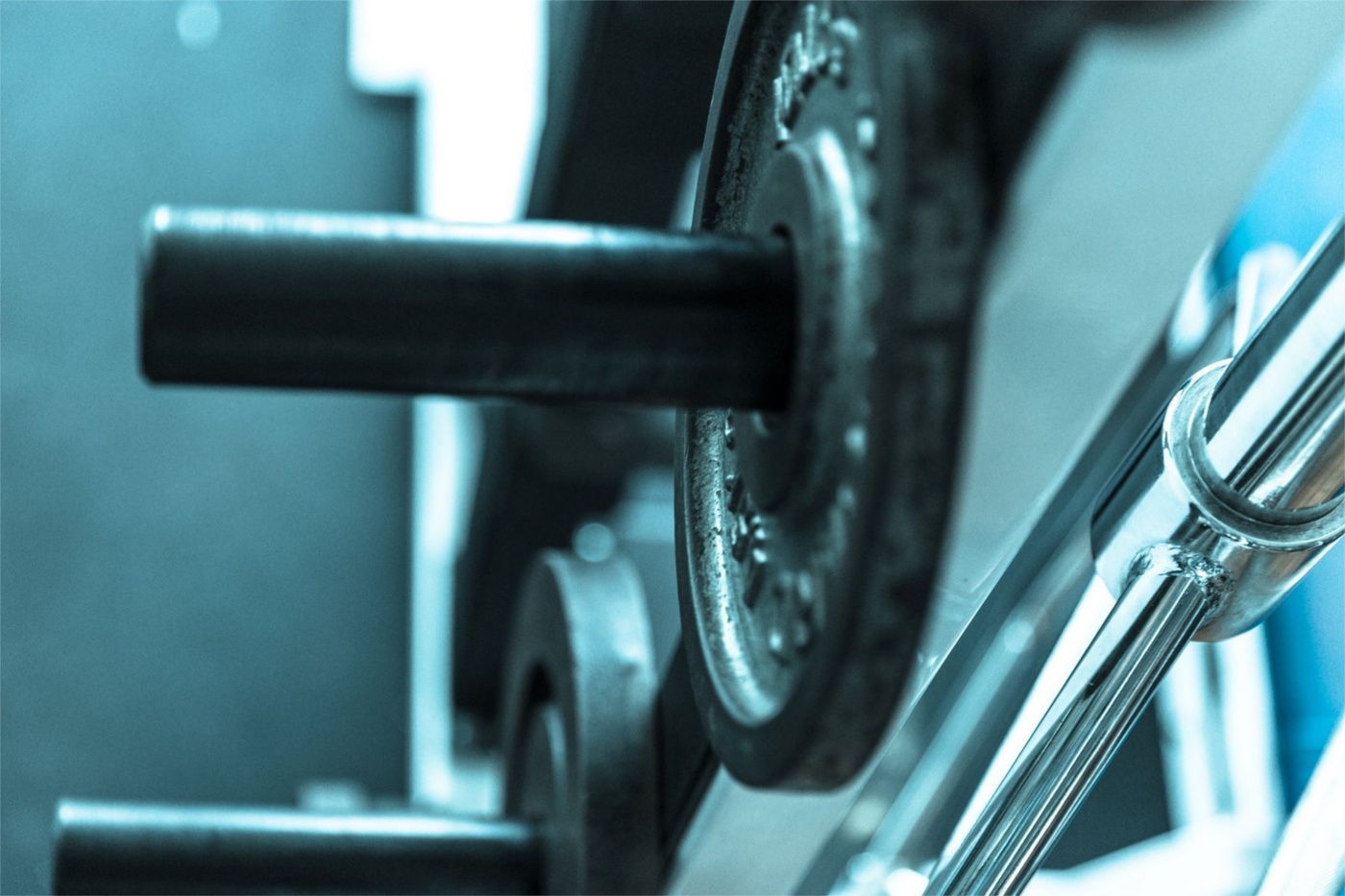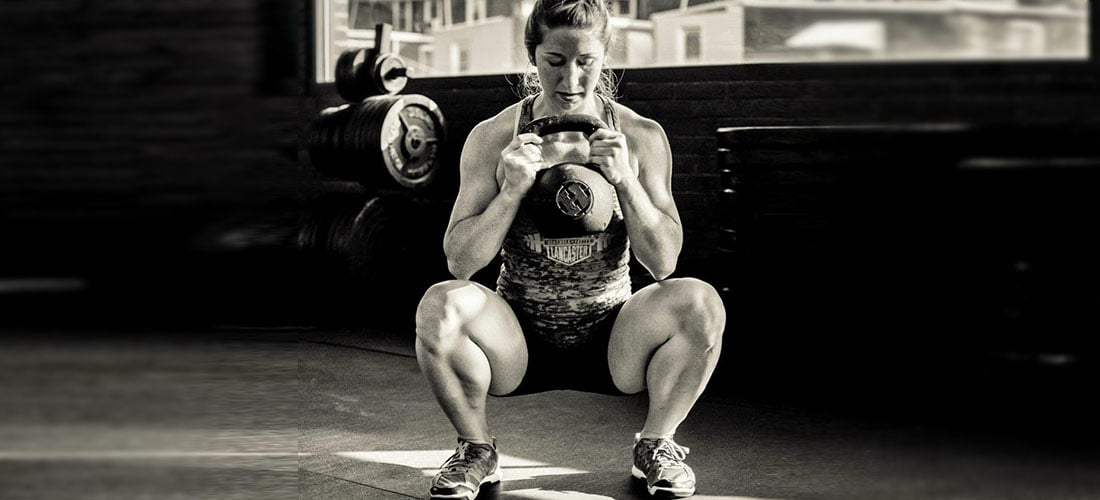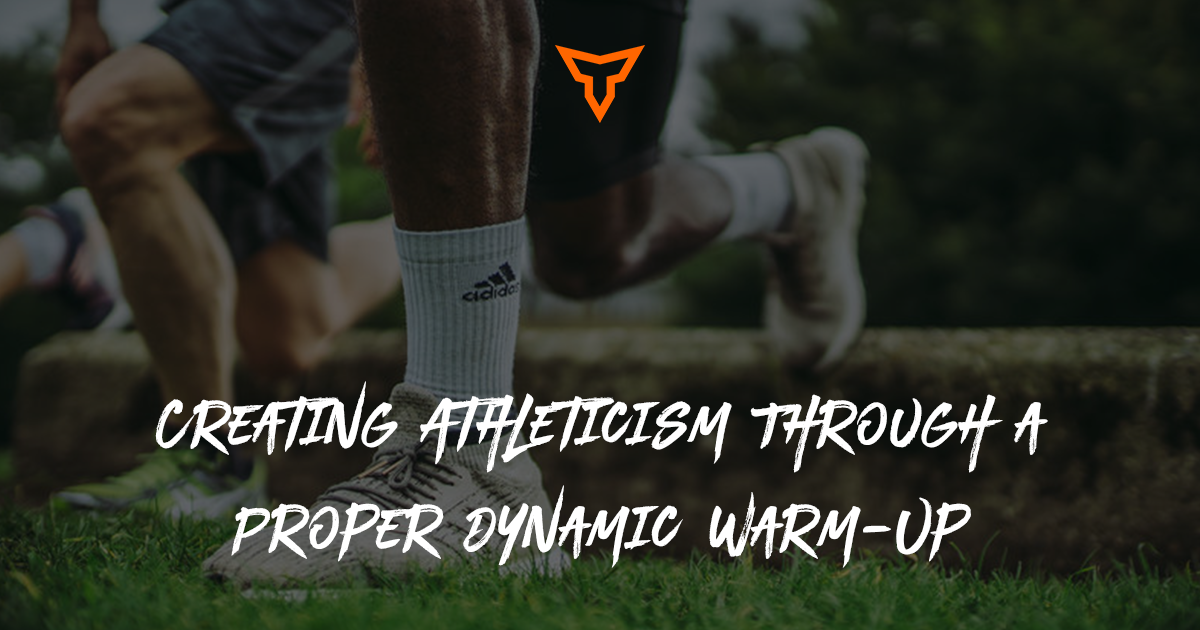Oh, You Want Fast Athletes? Time to Leave the Weight Room
When I was in high school, I was fortunate enough to be able to play football and run track. My running backs coach was also the sprint coach for the track team, so I was encouraged to run in the off season. I progressed each year, and got faster which was primarily to help with football. Towards the end of my high school career it showed as I was one of the fastest kids on the football field and in the conference.
Unfortunately, my senior year days before playoffs I took a hit to the knee and tore my PCL. When I saw the doctor he informed me how fortunate I was to have torn my PCL vs ACL. He said, most PCL tears are not repaired once the swelling was gone I could start strengthening it again. I’ll never forget hearing those words and how excited I was because I might be able to make a comeback for track season and have a chance to take down the 100m school record that I was chasing as a junior. Fast-forward to the end of rehab, which went as smooth as possible. My maximal strength on squats was back up to my original max, I was vertical jumping just as high as before, and doctors cleared me to start training for track.
Obviously, for track practice I started at a much slower progression but when it came time to let the training wheels off and sprint I could not do it. Every time I went full speed I felt a sharp pain in my knee. It only occurred during max effort sprinting. I went back to the doctor who was just as puzzled as I was and ended up getting an MRI that showed a torn meniscus.
Today, I now understand why that pain never showed up until sprinting. If you compare sprinting and strength training they are almost completely different movements. If we look at the definition of dynamic correspondence it is defined as an exercise or training programs’ ability to directly affect the athletes sporting performance. This can also be simply described as the 'transfer effect', or 'transferability' of training. Looking at what Verkhoshansky describes in his Special Strength Training Manual, for an exercise to have direct transfer to an athlete specific movement it must meet 5 different criteria. The first 3 are focused on the actual positioning and the last 2 are on the intent of the exercise. I have listed them below:
- Muscle Groups Involved in the Exercise
- Amplitude (Range of Motion) and direction of Movement
- Accentuated part of the movements Amplitude
- Magnitude of force-effort and time of its application
- Regime of muscular contraction
Based on Verkhoshanksy definition, if we compare the two different exercises:
|
Dynamic Correspondence Criteria |
Sprinting |
Traditional Squatting |
|
Muscle Groups |
Total Body |
Total Body |
|
Range of Motion |
Positive Shin Angle (Knee Over Toe) |
Vertical Shin Angle (Knee Behind Toe) |
|
Accentuated Part of Movement |
Fast and Elastic |
Slow and High Tension |
|
Magnitude of force-effort and time |
High Force under short amount of time |
High force under long duration |
|
Regime of muscular contraction |
Reciprocal Inhibition |
Isometric Tension |
The main goal for squatting and any high force movement is to create tension. Compare that to sprinting you will find the complete opposite. Sidenote: When I mention squatting I am referring to the traditional technique that is must often demonstrated in powerlifting. Wide stance, vertical shin, and depth below 90 degrees at the knee. The goal for sprinting is to stay relaxed and maintain fluidity, timing, and rhythm. For example, in a tug a war contest if each team has equal strengths there is no movement of the rope and a lot of force is being produced. If you think of the same situation but one team completely overpowers the other, the rope moves faster so less force is being produced compared to the first case scenario. Just like anything in sports training there is a fine balance between everything. Your body adapts to the stresses that are placed upon it. Constantly grinding slow weights will teach your athletes tension and stability which could be a good thing. Exclusive exposure to this type of training will cause the body to adapt by making it become tense and less mobile which will decrease efficiency of movement performed at high velocities.
In all dynamic movements there is a reciprocal inhibition that occurs (the process of muscles on one side of a joint relaxing to accommodate contraction on the other side of that joint.) I will use hip extension as my example since that is the "go to" in athletic performance. In sprinting, when the hip goes into extension, an activation of the muscle fibers in the gluteus maximus will thus be accompanied by an inhibiting effect on the iliopsoas fibers. During strength training, this inhibition effect is reduced due to simultaneous contractions of the agonist and the antagonist (also defined as co-contractions). Due to higher tension and less elasticity, the speed of movement is decreased -- limiting the effects of reciprocal inhibition.
I’m not here to bash people’s perspective and that squatting or high force movement are bad for your athletes but I do want to give a different perspective to the traditional way of thinking. I understand that you must have some sort of general strength to apply force in training I am not doubting that. For example, take a shot putter who is able to bench press 200 lbs, if that is increased to 300 lbs then his performance will likely increase. Take the same athlete and increase his bench from 300lbs to 400lbs his performance will not improve as significantly as before. That is due to speed/velocity now being the limiting factor. The same is said for sprinting, strength and max speed both complement each other.
I think Charlie Francis proved it best with Ben Johnson who has been recorded for squatting over 600lbs. I chose him because Ben Johnson seems to be the example for most strength coaches when it comes to speed and strength training and how they correlate. What most people do not consider is that Ben Johnson was an elite sprinter who performed sprints while strength training at the same time. Ben Johnson knew how to get into proper position for elite sprint mechanics, he knew how to stay relaxed while putting in maximum effort, and he understood the art of sprinting. Working with track and field has really opened my eyes to this perspective that, yes, most field sport athletes have been running their entire lives but most are not efficient and can make drastic improvements.
Coordination also has a substantial part to play in the basic motor property for speed. For example, we have all seen that freshman come in who has never squatted or lifted before making substantial improvement in the first couple weeks. It is not because they have become that much stronger, their coordination has improved. In my opinion, the most effective way to improve this skill is to include maximal sprinting in your year-round programming. I think too many times as strength and conditioning professionals we tend to overthink this. For our profession we tend to look for correlations for everything. For example, if my athletes hang clean max or squat jump improves that does not mean they will automatically run faster. Again, if we look at the definition of dynamic correspondence both movements operate in different planes of motion and different joint angles. They may be good indicators, but it does not guarantee improved speed.
As a strength coach, I believe we should spend more time on sprint training drills because if an athlete is able to improve their sprinting efficiency it will have direct carry over to their sport and the same can’t be said for improving their squat max weight 20 lbs.
Including form running drills into your program is a good start but, if the athlete does not sprint at max speed then they will not be able to apply what is being taught. Much of improving maximal sprint technique is getting in proper positions, teaching timing, and applying rhythm. Therefore, I have found repetition to be the most efficient tool. Charlie Francis said it best, “in order to improve speed you must be above 90% of top sprint speed.” Research has shown us that sprinting is the most demanding exercise that our body can produce that cannot be mimicked.
I understand a big limitation is always going to be space for a team setting. However, there are plenty of coaches who have had success with improving athletes speed just by running 10-yard dashes. So how much space do you really need? I work at a Big Ten school and still have my field sport athletes sprinting in our hallway (10-20 yards). Coaches often question sprinting with the concern of hamstring pulls. That excuse could really be said about any exercise. With Squatting what about back injuries? Most strength coach’s rebuttal would be, “that is what proper progression and coaching is for.” The same could be said about sprinting. Just like any weight room exercise only increase the volume if the technique is there. For my field sports, implement sprinting in replacement for olympic lifting at the beginning of the athletes’ workout. This insures the athlete is fresh and is able to perform maximal effort. A progression I like to use is a short to long approach which I have listed below:
Week 1: 4 x 10yds (40 yards of volume)
Week 2: 5 x 10yds (50 yards of volume)
Week 3: 6 x 10yds (60 yards of volume)
Week 4: 3 x 20yds (60 yards of volume)
Week 5: 4 x 20yds (80 yards of volume)
Week 6: 5 x 20yds (100 yards of Volume)
In summary, I am not saying that traditional ways of getting athletes stronger do not work or that you should not squat your athletes. I am saying both exercises complement each other. Athletes must develop a general base to apply and withstand forces in sprinting. However, I am saying we should include more sprint workouts into our strength programs since the goals for most coaches is to help make athletes more successful on the field. A good way to do that is make them faster!
Subscribe to our blog
Subscribe to receive the latest blog posts to your inbox every week.
Related posts

Why Strength Coaches Should Turn Away Late Athletes From the Weight Room

The Best Squat Variations for Athletes with Back Issues


